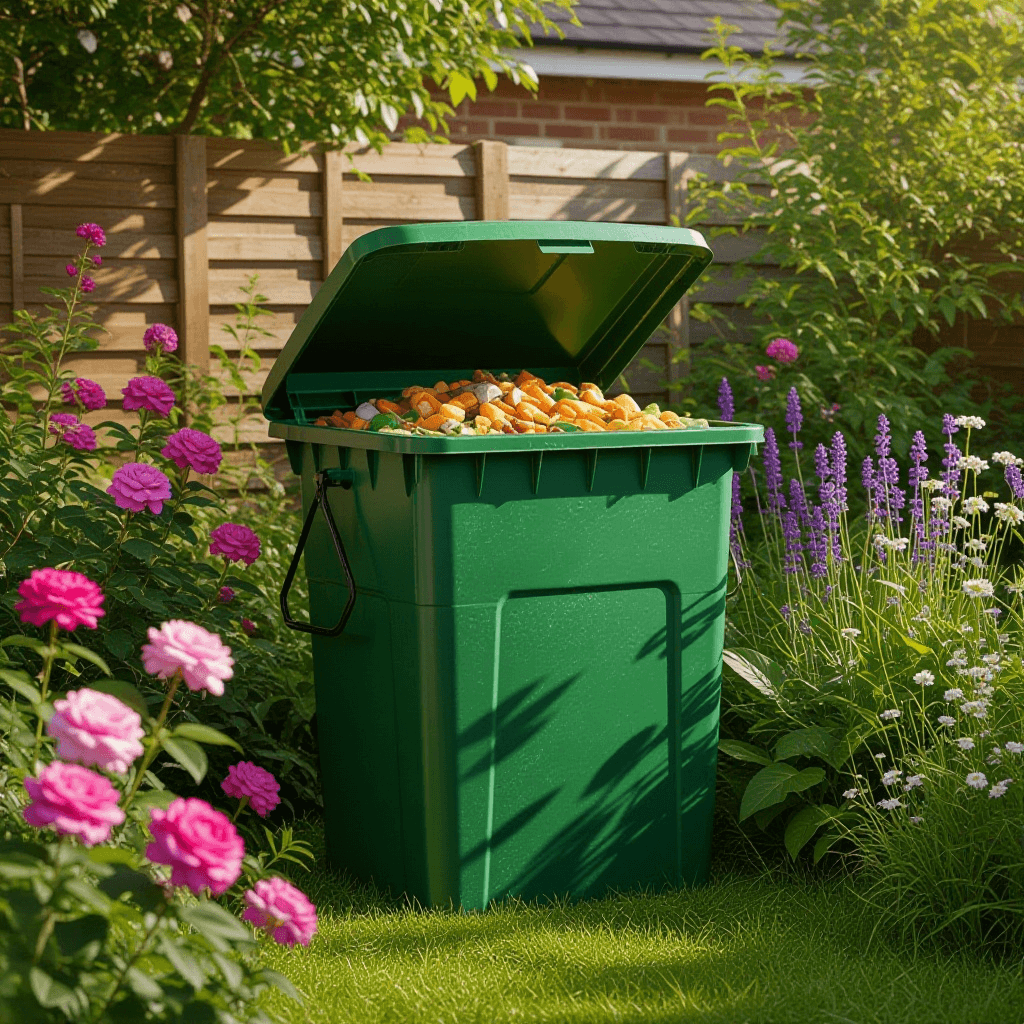Understanding the Importance of Winter Preparation
Preparing your garden for winter is a critical practice that ensures the longevity and vitality of your plants. With the cold months approaching, frost and harsh weather conditions can pose significant risks to your flora. By taking proactive measures, gardeners can protect their beloved plants from the damage that frost may cause. This preparation becomes especially vital for tender perennials and young saplings that may not withstand extreme cold. Implementing strategies such as mulching and covering vulnerable plants can dramatically reduce the likelihood of frostbite, allowing them to emerge unscathed when spring arrives.
Moreover, winter preparation is essential for maintaining soil health. During the colder months, soil can become compacted and depleted of vital nutrients. Therefore, it is important to engage in practices that promote soil aeration and fertility. Adding organic matter, such as compost, not only improves soil structure but also enriches it with nutrients that will be crucial for plant growth in the coming seasons. Additionally, ensuring proper drainage can prevent water from pooling, which could lead to root rot and other detrimental conditions.
Lastly, a well-prepared garden during winter does not have to appear lifeless or neglected. By incorporating evergreen plants, winter-flowering species, and ornamental features, gardeners can preserve the aesthetic appeal of their outdoor spaces. This attention to detail not only enhances the garden’s visual appeal but also sets the stage for a flourishing environment come spring. In essence, understanding the importance of winter preparation is fundamental for ensuring a robust gardening practice that benefits both plants and enthusiasts alike for years to come.
September: The Month of Transition
As summer gracefully fades into autumn, September serves as a pivotal moment for gardeners in the UK. This month is characterized by a variety of essential tasks that facilitate a seamless transition from the languorous warmth of summer into the brisk chill of autumn. The primary focus during this period should be on reaping the rewards of your hard work by harvesting late summer crops. Vegetables such as tomatoes, peppers, and courgettes should be collected promptly to ensure optimal flavor and quality before the temperature drops significantly.
In addition to harvesting, September presents an opportune time for preparing your garden for colder months ahead. Autumn vegetables, including kale, winter squash, and carrots, should be sown during this month. These crops are not only resilient against cooler temperatures but also provide sustenance through the winter months. Ensure to select suitable varieties that thrive in the UK climate, and consider implementing crop rotation techniques to maintain soil health and fertility.
The flower beds in your garden also require attention during this transitional phase. Prioritize the removal of spent summer blooms and weeds, which can hinder the growth of new plants. Consider planting bulbs for spring flowers, such as daffodils and tulips, to create a vibrant display when the weather begins to warm. Mulching flower beds can be an effective strategy to insulate the soil and retain moisture, thus benefiting future plant growth.
Furthermore, lawn care should not be overlooked. Aeration allows oxygen, water, and nutrients to penetrate the soil, thus promoting a healthier and more resilient lawn. Additionally, applying a granular fertilizer specifically formulated for autumn will ensure your grass remains robust as winter approaches. By following these actionable steps in September, you can position your garden for success throughout the colder months, ensuring that it thrives in the coming seasons.
October: Preparing for the Chill
As October arrives, gardeners in the UK are reminded of the approaching winter months, necessitating essential preparations to ensure a thriving garden come spring. This month serves as a pivotal time to protect tender plants, particularly those that are more susceptible to frost damage. Utilizing horticultural fleece can provide necessary insulation for these delicate specimens, allowing them to survive the colder temperatures of winter.
Mulching also plays a crucial role during October, as it helps to retain soil moisture and insulate roots against freezing temperatures. Applying a layer of organic mulch, such as straw or wood chips, around the base of perennials not only aids in temperature regulation but also suppresses weed growth, contributing positively to the garden’s health. When applying mulch, one should keep it several inches away from the plant stems to avoid rot.
Cleaning your garden tools is another vital task this month. After a busy gardening season, tools may be covered in soil and rust, which can lead to inefficiency and damage. Thoroughly cleaning and disinfecting garden tools ensures they remain in optimal condition. Storing these tools properly, along with garden furniture, is also essential to protect against harsh winter weather. Each item should be cleaned and drained of water, then stored in a dry, sheltered location to prevent damage.
Further enhancing the garden for the upcoming spring season, October is an excellent time to plant spring bulbs. Flowers such as daffodils or tulips can be planted now, allowing them to establish roots before the ground freezes. This proactive measure ensures that when the first signs of spring arrive, your garden will burst forth in vibrant color, a rewarding sight after the bleakness of winter.
November: Wrapping Up and Looking Ahead
As November arrives, gardeners begin to shift their focus towards completing essential tasks in preparation for the long winter months ahead. This period serves as a transitional phase where the garden needs attention before it becomes dormant. A crucial task during this time is pruning certain perennials and shrubs. Pruning not only encourages healthy growth in the coming seasons but also removes any diseased or dead wood that can harbor pests over winter.
Another important consideration in November is transferring pots indoors. Many tender plants, such as geraniums and fuchsias, are susceptible to frost, so it is vital to bring them inside before the temperatures drop significantly. Ensuring these plants are in a suitable environment will help them survive the colder months and thrive once reintroduced to the garden in spring. For those who prefer outdoor plants, consider wrapping pots with bubble wrap or burlap to protect roots from the freezing temperatures.
Wildlife habitats also require attention during November as gardeners prepare their spaces for the winter. Leaving areas of the garden undisturbed allows various creatures to find refuge. Creating simple wildlife shelters can greatly benefit species such as hedgehogs or insects. Additionally, filling bird feeders and providing water sources ensures that local wildlife has access to essential resources during colder climates.
Looking ahead, November is also the time for reflection and planning. Gardeners should take stock of the successes and failures from the past growing season. Documenting what flourished and what did not provides invaluable lessons for future gardening initiatives. Considerations for next year’s planting—including the layout, types of plants, and seasonal rotations—can provide a structured plan to create a vibrant and diverse garden. Preparing in November reinforces effective winter care routines while inspiring the pursuit of future gardening endeavors.


